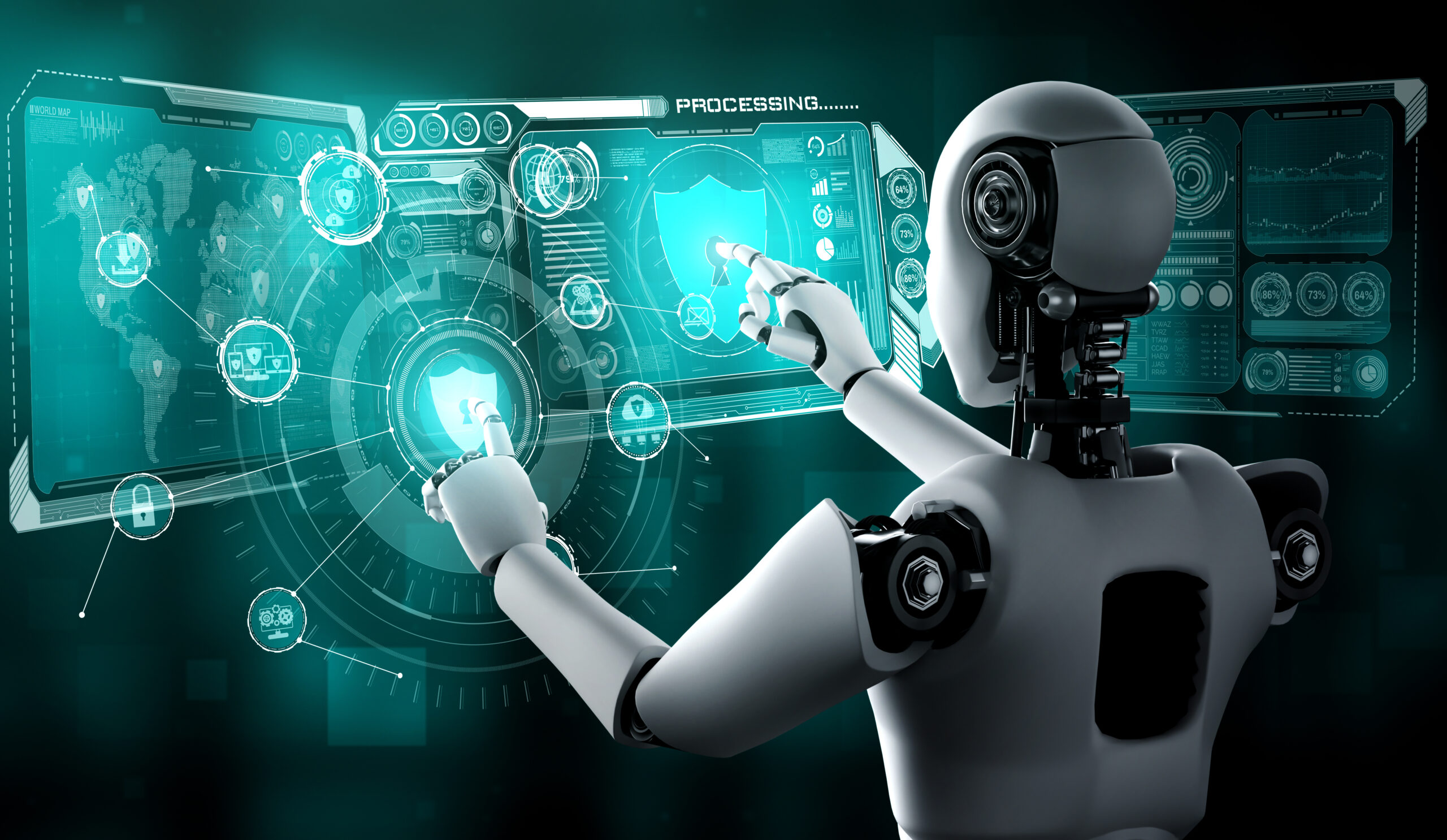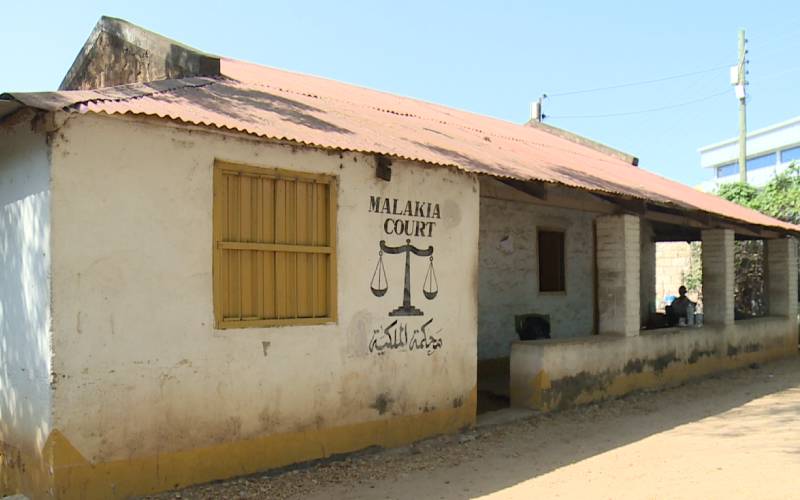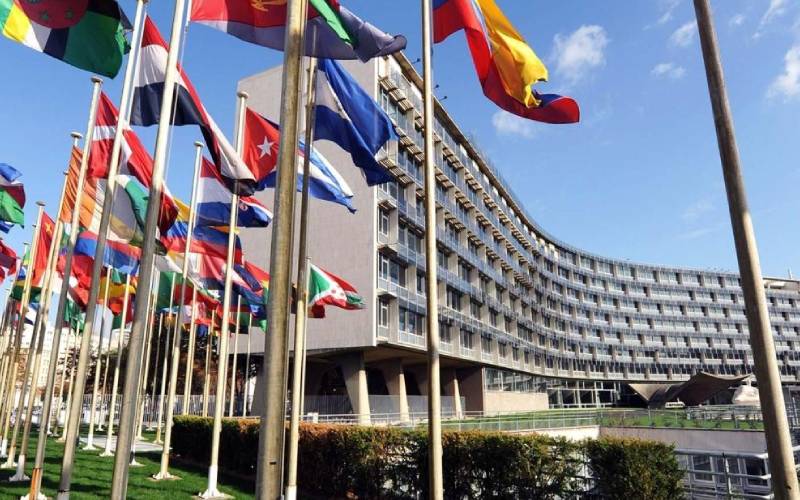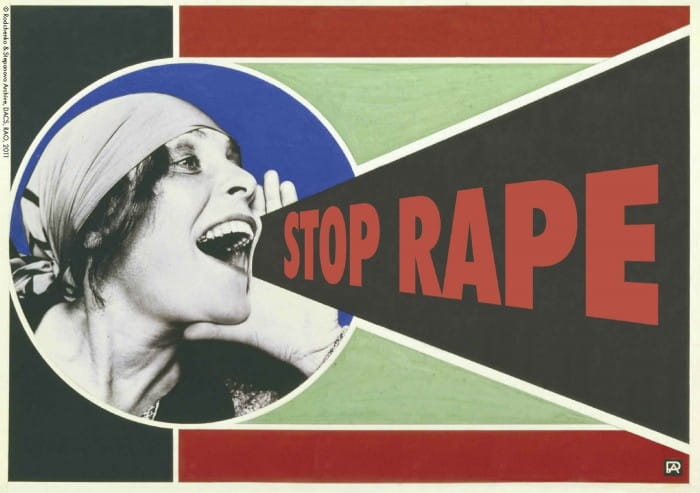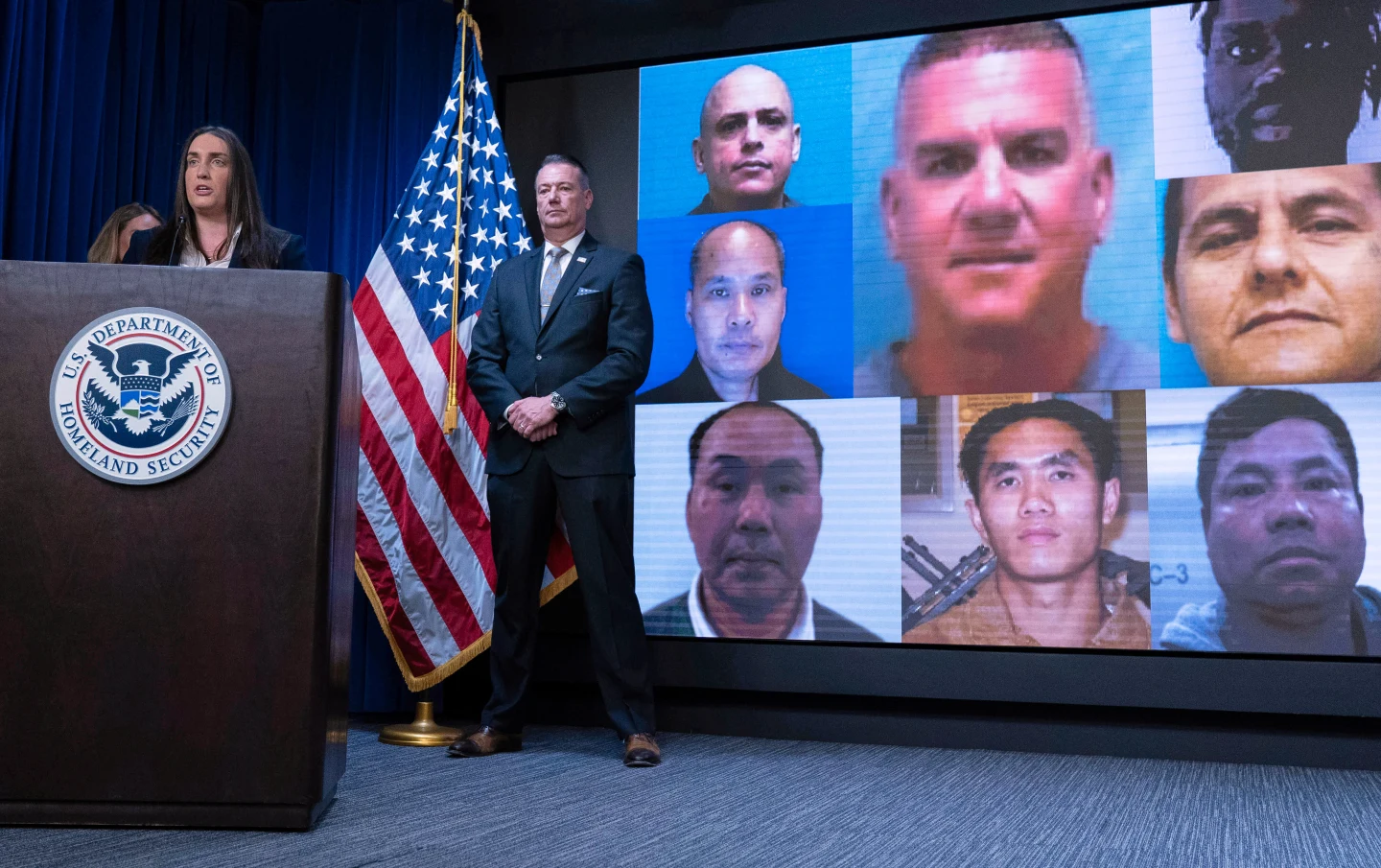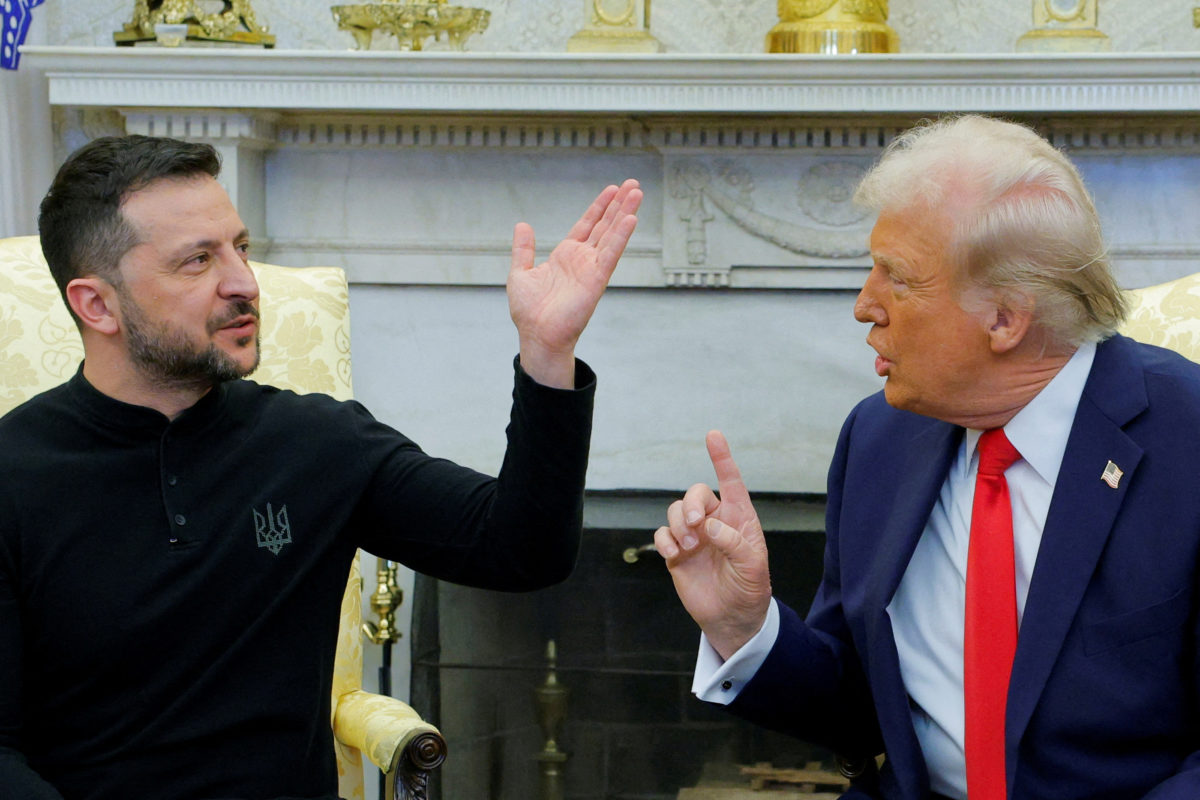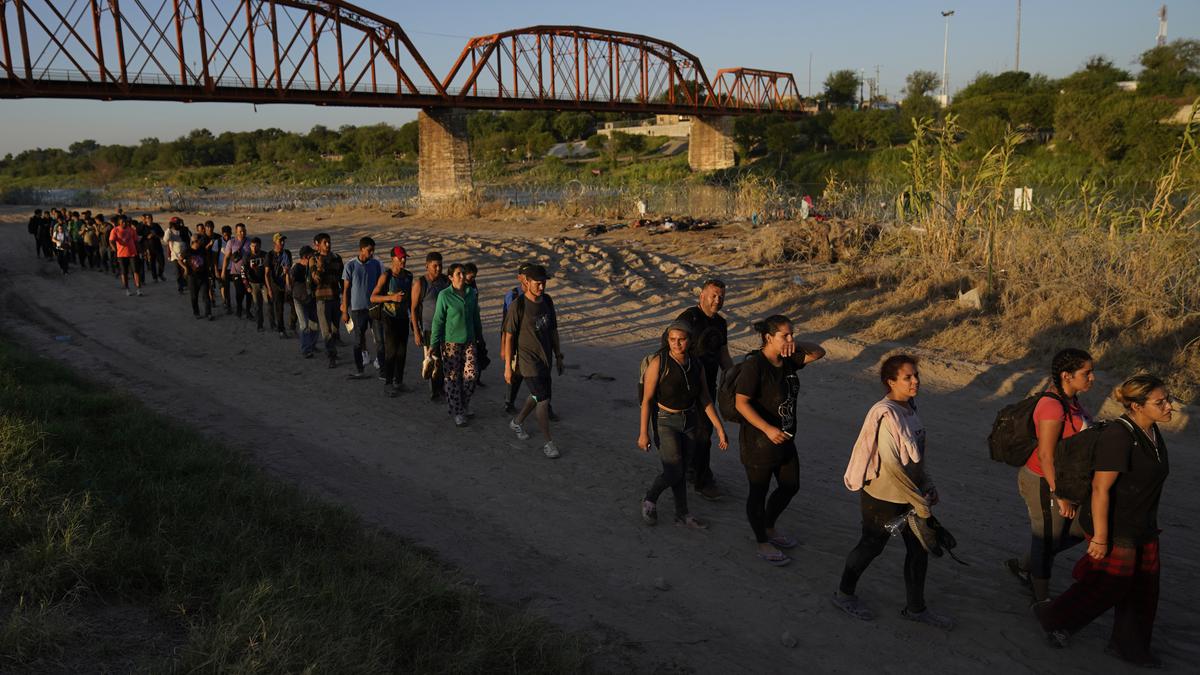Kenyan President William Samoei has called on Africa's security agencies to adopt Artificial Intelligence in their security operations.
Artificial Intelligence is defined as the capability of a machine to reason, learn, plan and create.
“It is therefore important that intelligence agencies in our region and, indeed, Africa work together and collaborate in this emerging technology,” President Ruto said in his social post on X (formerly known as Twitter).
Kenya’s Artificial Intelligence Strategy 2025-2030 foresees that Kenya will be Africa’s AI hub for innovation, economic growth and social inclusion. AI, for instance, uses its camera to document information, process and respond to it.
Ruto said Artificial Intelligence has played out very well in the safety of Kenyans by detecting potential security threats.
“Artificial intelligence has become a critical tool in keeping our countries safe and predicting threats that could destroy our socio-economic fabric,” Ruto wrote on his X (formerly known as Twitter) handle.
History of AI
In 1950, Alan Turing published a work titled “Computer Machinery and Intelligence," also known as the Turing test gave experts the idea of artificial intelligence. The publication proposed an intelligence machine called The Imitation Game to be tested.
In 1952, Arthur Samuel developed a program that was the first machine to independently learned the game. The word artificial intelligence was first used in a workshop conducted by John McCarthy in 1955.
1955: John McCarthy held a workshop at Dartmouth on “artificial intelligence”, which is the first use of the word, and how it came into popular usage.
In the 1970s, the anthropomorphic robot was built for the first time in Japan, but the US did not show interest in funding AI research.
In 1961, James L. Adams created The Stanford Cart. In 1979, the cart successfully navigated a room full of chairs without human interference.
